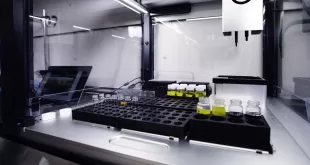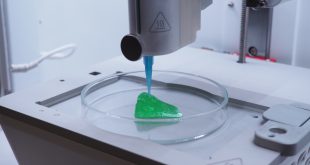By Dell Williams
When two international companies created the world’s first high-volume facility that manufactures omega-3 oil from natural marine algae, the $200M joint venture had to minimize any impact at the plant, which was already producing another product. Even more challenging, this had to be accomplished while adding new automation capabilities and upgrading a variety of systems and equipment.
Today, in “landlocked” Blair, Nebraska, the joint venture – called Veramaris, between German-based Evonik and Royal DSM of the Netherlands – sustainably produces omega-3 fatty acids without using fish oil from wild-caught fish, with unique production capabilities that enable a much larger scale of production than ever seen before in algae cultivation. The breakthrough combines a special strain of algae of unprecedented richness in EPA and DHA omega-3, two fatty acids that are proven essential for good health in people and to produce healthier farmed fish. Veramaris’ mission is to expand the world’s access to sustainable EPA and DHA in support of aquaculture growth, as a means to provide healthy, nutritious seafood with a smaller environmental footprint.
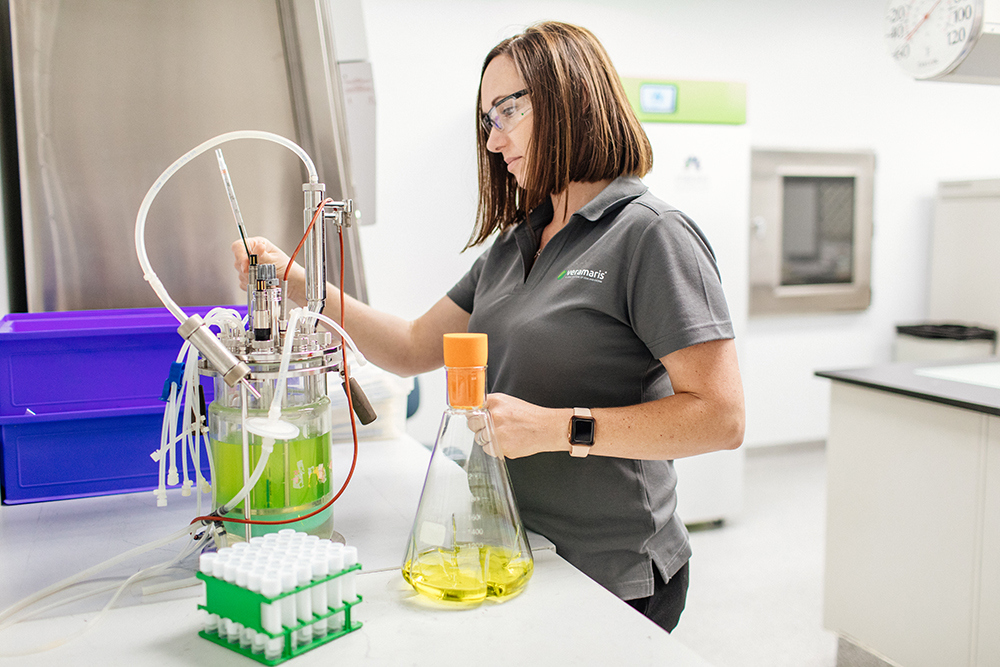
Credit: Dana Damewood Photography
Much of the challenge in creating this facility revolved around how to effectively and efficiently scale up to full production after several years of research and development. The answer, it turns out, involved implementing significant automation in a successful collaboration between the international companies and vendors, which contributed the necessary expertise to different aspects of the project.
“The project involved taking some of the existing plant’s capability and repurposing that to produce the omega-3 oil, which required new equipment and controls. At the same time, the plant’s automation system was upgraded. Basically, every arrow in our [automation] quiver was used, so to speak,” says Dwight Wood, vice president of global sales for Owings Mills, Maryland–based NovaTech LLC Process Division, which specializes in continuous control system architecture.
“This was a very complex, demanding project with a tight schedule and a diverse global team, so it was a monumental task to bring it all together and integrate it into an existing production line, while separating out new equipment,” adds David McBride, automation engineer at the Blair, Nebraska, plant.
According to Wood, NovaTech’s portion of the project included implementation and integration of a Distributed Control System (DCS) update and expansion; new applications programming, a High-Performance Human-Machine Interface graphics; sophisticated S88 batch management software; an updated real-time data historian application; and I/O migration from an older version to a new modern I/O platform, along with startup and ongoing onsite support.
“The key was implementing the full set of processes in a very robust, reliable, flexible system. It also needed to be highly automated, so the plant can effectively run on its own with minimal operator interaction,” says Wood.
While many companies may begin with a standardized solution, as a project develops, much customization often needs to be done to tailor applications to specific processes.
“On a different project, we worked with a larger automation vendor and they refused to cater to some of our special needs, and instead required us fit into their mold,” says McBride. “NovaTech, a mid-sized company, was more flexible and quickly able to offer custom solutions.”
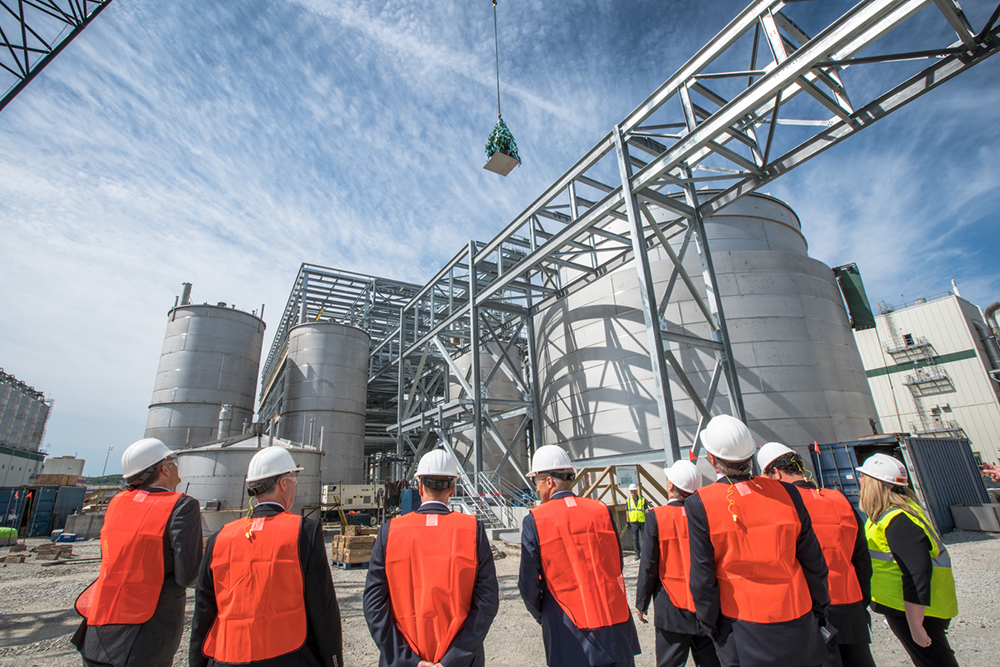
Although certain procedures and processes are increasingly standardized and automated, numerous key steps in and around the automation are still dependent on operator input or manual intervention. When the operator is interrupted to handle other tasks or responses vary from operator to operator, off-spec product can result, requiring costly corrective steps or product disposal.
So, to minimize such potential operator variability while enhancing automation along with consistency and reliability, DCS are utilized. A DCS is a hub of a processor’s operations and monitors key variables such as flow, applied temperatures, pressure, level and material conveying/handling. The operator user interface brings all the data collected from production equipment and the controllers process and presents it in a highly “human factored” manner for an operator, generating trends, alarms, etc.
While the plant was already utilizing NovaTech’s D/3 DCS, this was further upgraded to display real-time process information in a complete, high-performance graphical human-machine interface. Custom graphics, built using dynamic objects from an extensive library, make it easy for the operator to control the process, enter information and interact with sequence programs.
“For this particular project, there were extremely stringent specifications to produce the end product, so batches must be performed reliably and correctly every time,” explains Wood, who notes that NovaTech had a team of engineers onsite at the plant. “We worked with the customer to understand the requirements, and then outlined an automation strategy to meet their specific goals from a control perspective.”
According to Wood, dealing with fermentation processes can be challenging to control due to a number of variables. The process involves preparing vessels, incoming media and downstream tanks, as well as managing volume, time and temperature in regards to the cultivation of beneficial microorganisms essential to the process.
“Because of all the demands for successful fermentation, it is vital to fully understand the criteria and parameters before executing an automation strategy. This must be aligned to satisfy the control and production objectives,” says Wood.
When manufacturers produce batches, particularly when utilizing fermentation, they are trying to replicate a perfect “golden batch” each time. Toward this end, the project integrated ISA S88-based layered batch management software called FlexBatch, which is designed to help reduce cycle times and life-cycle automation costs. It was also implemented to aid control and flexibility when slight recipe adjustments may be required.
The batch management software integrates recipe management and the automation layer so operators can quickly and easily develop, scale up, modify and schedule batch manufacturing recipes as required.
Comparing each batch historically against the perfect standard also can be an important element of maintaining quality control. To enhance this capability, the project integrated an upgrade to the PI System by OSIsoft, a real-time data historian application with a highly efficient database. The application efficiently records data from process control systems like the NovaTech D/3 into a compressed time-series database. This provides manufacturing sites historical predictive insights in real-time.
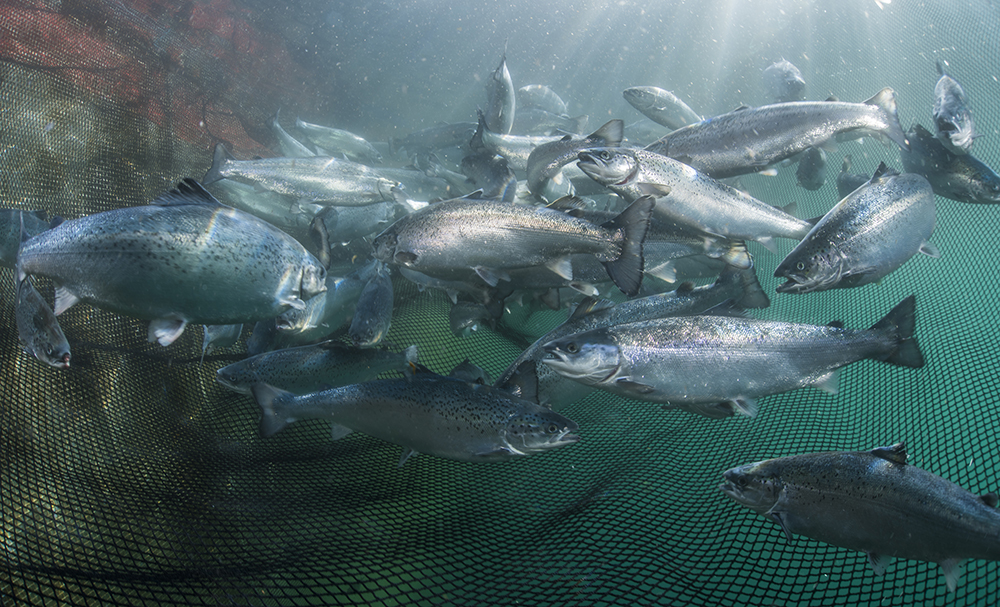
“It is important to have both real-time and historical access to product data. Having the ability to quickly retrieve that kind of information allows manufacturers to more consistently manufacture product of the highest quality and integrity. And if there is ever a problem with product in the field, it simplifies tracking and troubleshooting,” says Wood.
In order to implement plant automation, it also was necessary to migrate to a modern I/O system, the 8000 series platform, a remote I/O family native that is highly integrated with the D/3 system. “The combination facilitates greater automation with better diagnostics, troubleshooting and asset management capability. With the configuration used, we can drill down to the controller, to the specific I/O card so the operator does not have to go into the field to get the status of a specific card,” says Wood.
Since there were hardware, software and engineering requirements tied in to the project, NovaTech tested these in its facility before implementing them at the plant. “Even with state-of-the-art manufacturing equipment, controls and production automation in place, how these are applied makes all the difference in the success of the project,” concludes Wood.
With the automation project now complete, the plant is producing omega-3 oil from natural marine algae, with the capability of producing enough EPA and DHA equivalent to that derived from 1.2 million tons of wild-caught fish each year. The plant’s initial annual production is expected to meet about 15 percent of the current total demand for EPA and DHA in the salmon aquaculture industry.
For more information, visit: novatechweb.com.
 BioLab Business Magazine Together, we reach farther into the Canadian Science community
BioLab Business Magazine Together, we reach farther into the Canadian Science community

